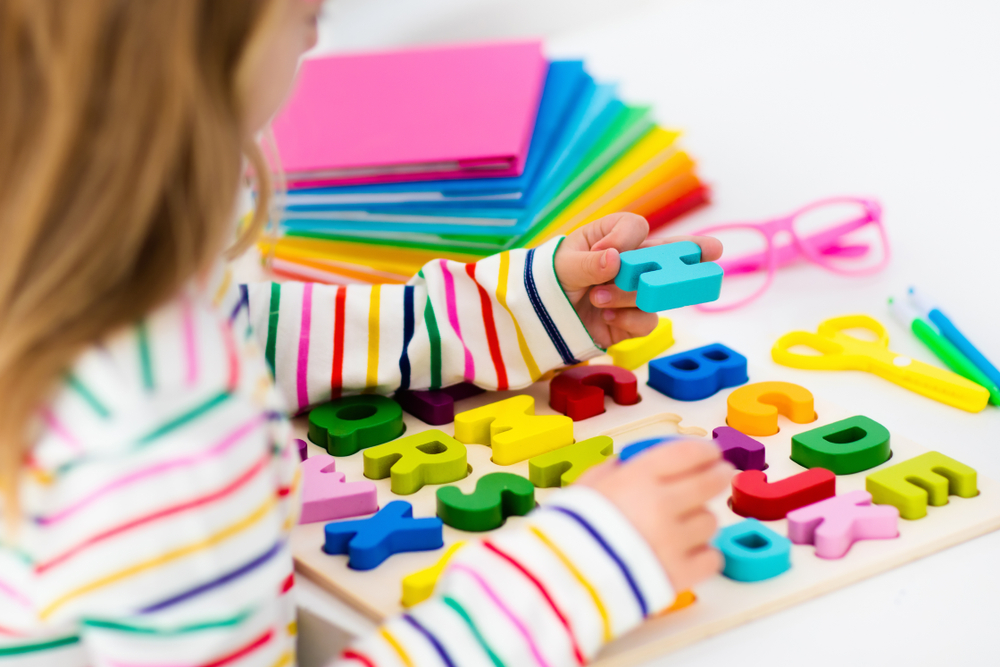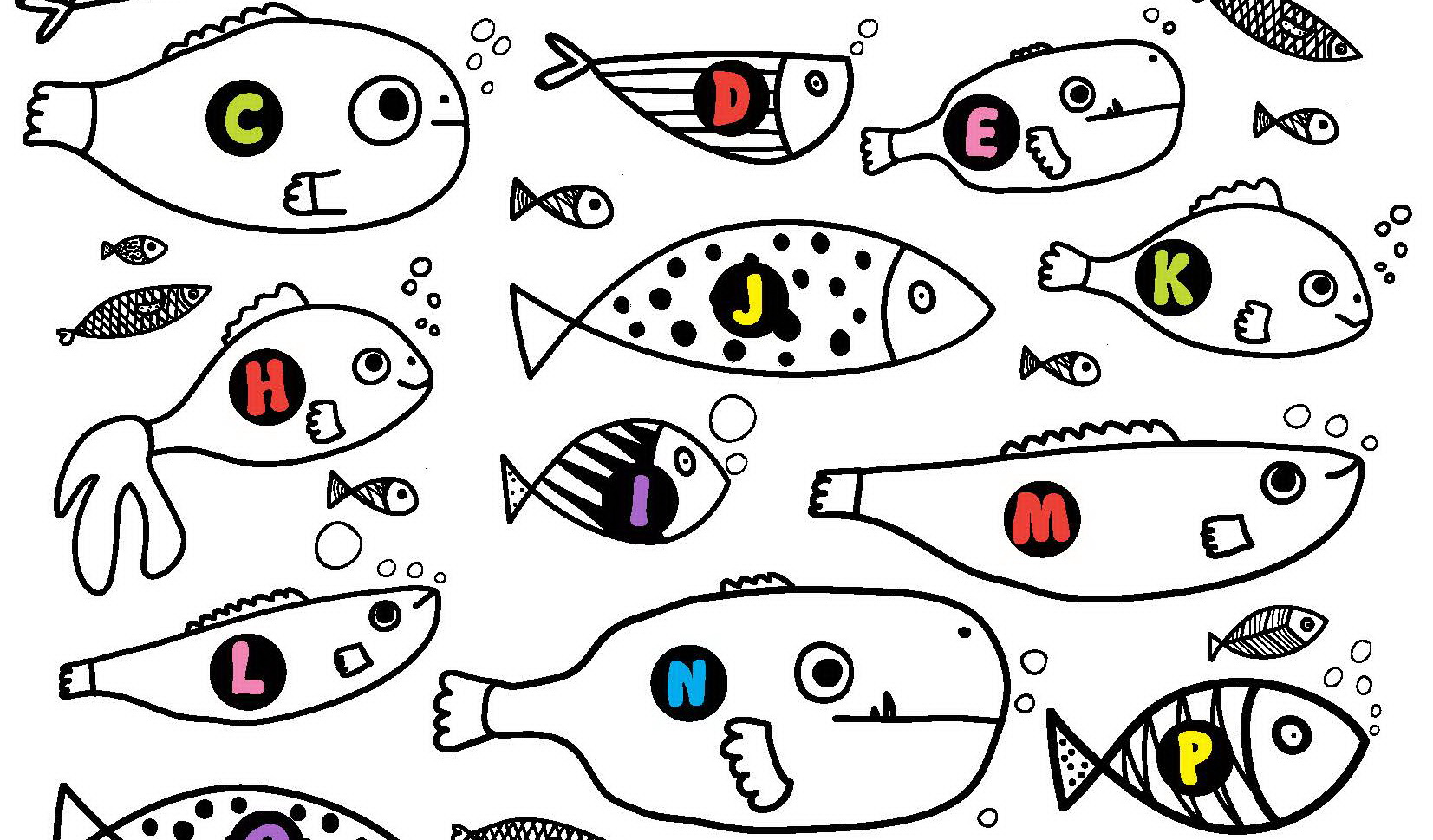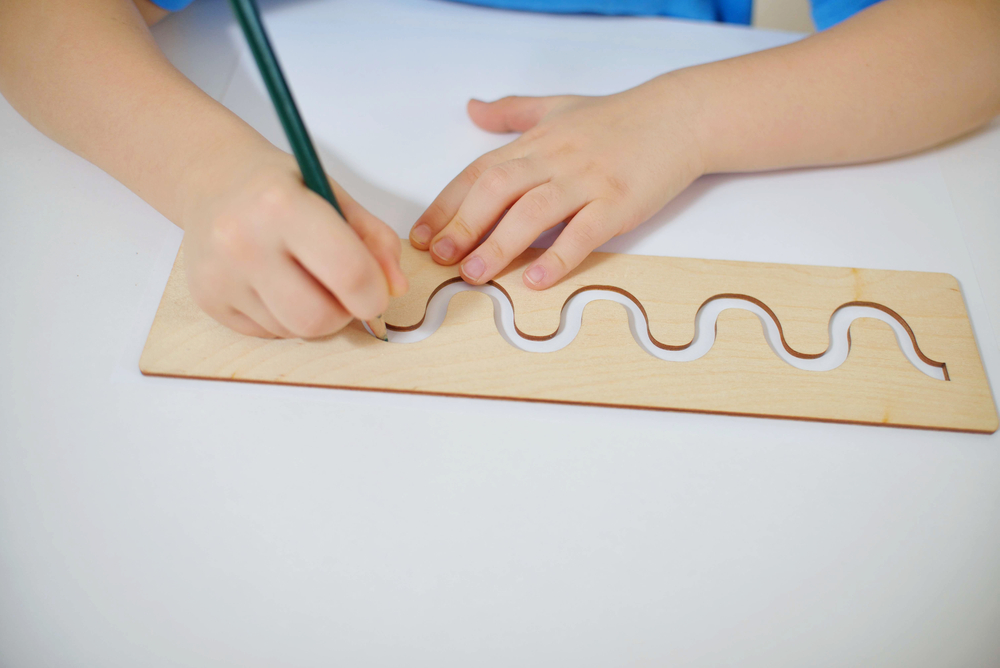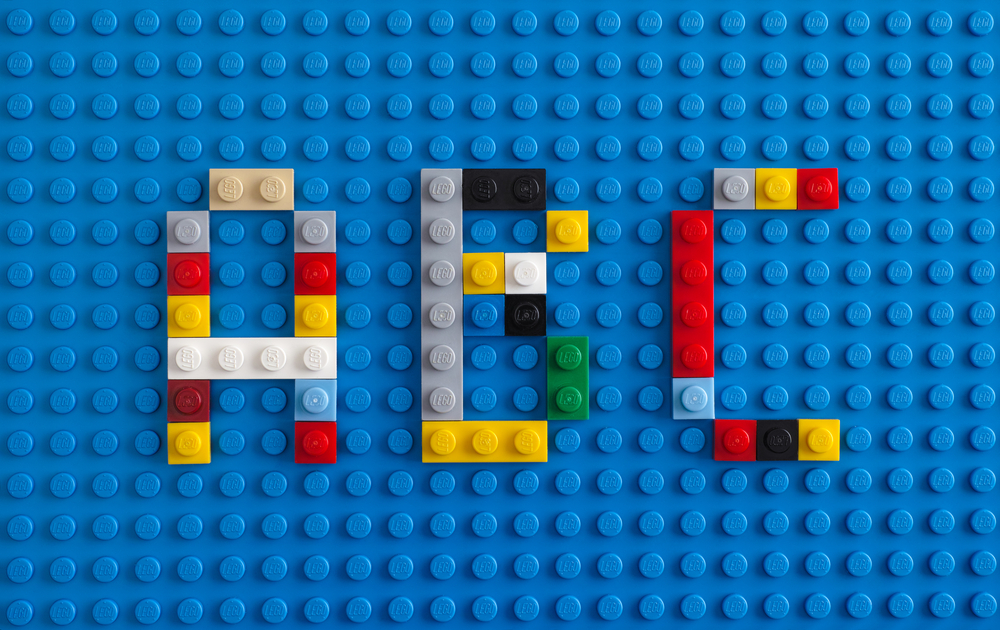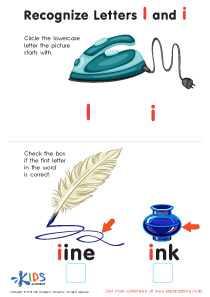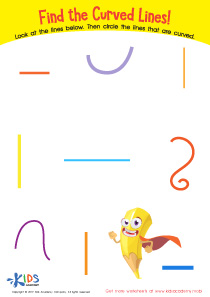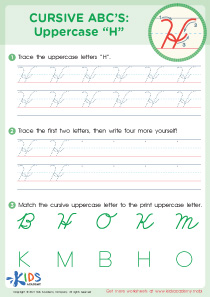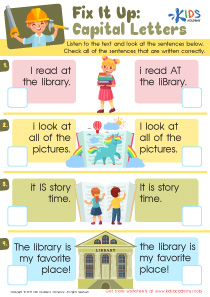Alphabet sequencing Letter Recognition Worksheets for Ages 4-5
6 filtered results
-
From - To
Introduce your young learners to the exciting world of letters with our "Alphabet Sequencing Letter Recognition Worksheets" designed for ages 4-5. These fun and engaging printable activities help children identify, sequence, and recognize letters, accelerating their alphabet mastery. Ideal for at-home learning or classroom use, these worksheets stimulate cognitive development, improve fine motor skills, and foster early literacy. Combining colorful graphics and interactive tasks, each worksheet ensures that kids enjoy every moment of learning. Whether practicing their ABCs for the first time or reinforcing skills, these resources provide foundational support for your child's educational journey.
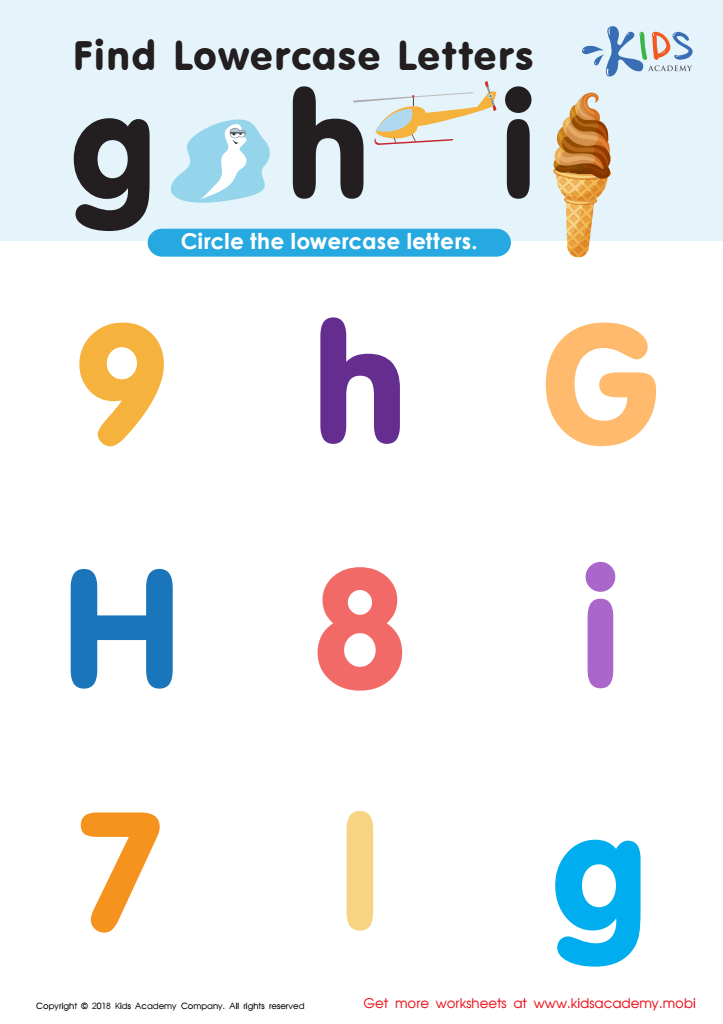

Find Lowercase Letters g h i Worksheet
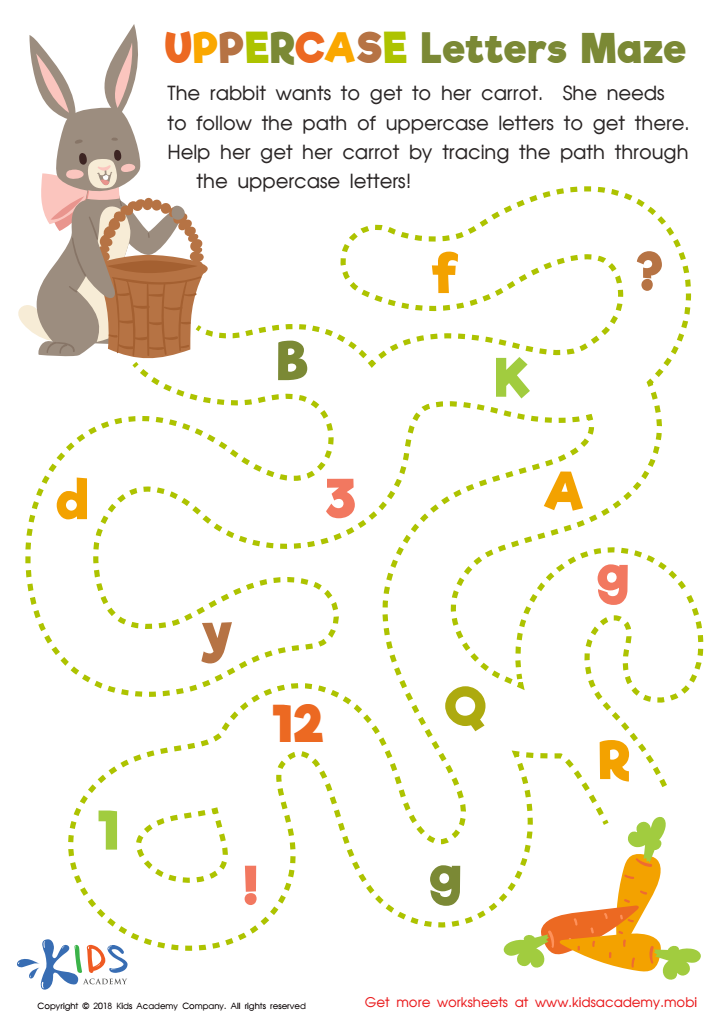

Uppercase Letters Maze Worksheet
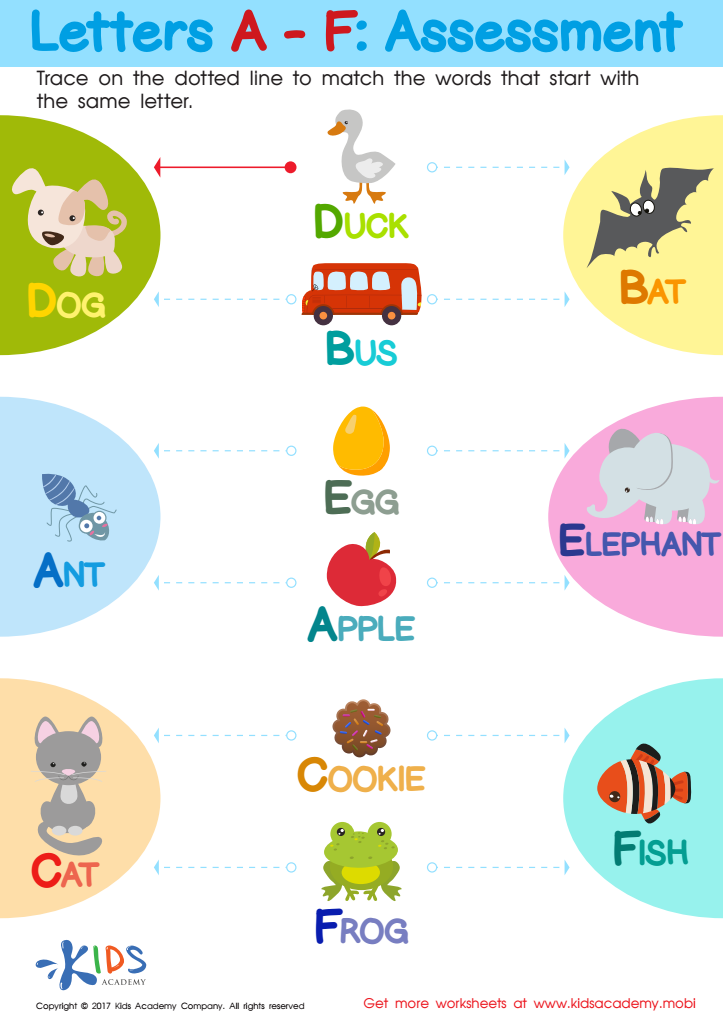

Letters A - F Worksheet
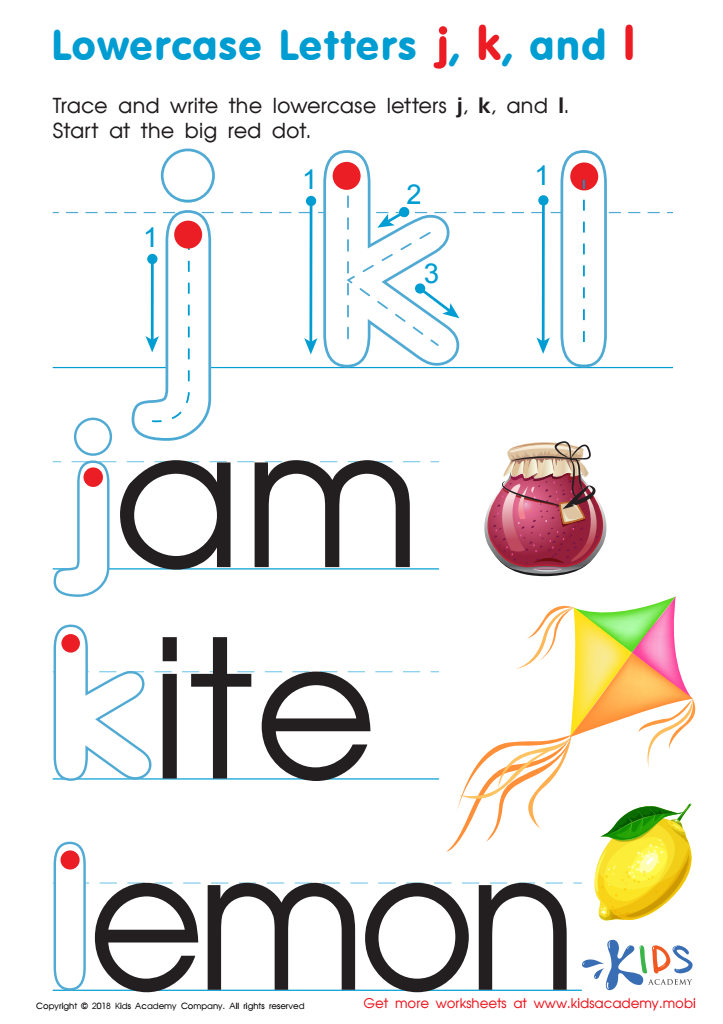

Lowercase Letters j k l Worksheet
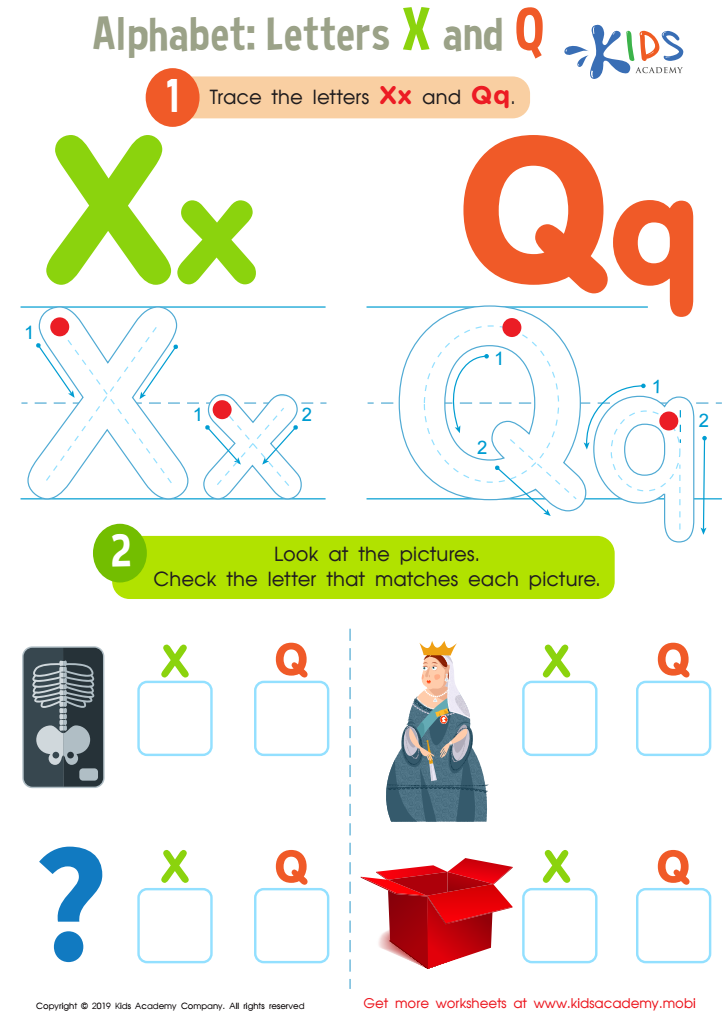

Letters X and Q Tracing Worksheet
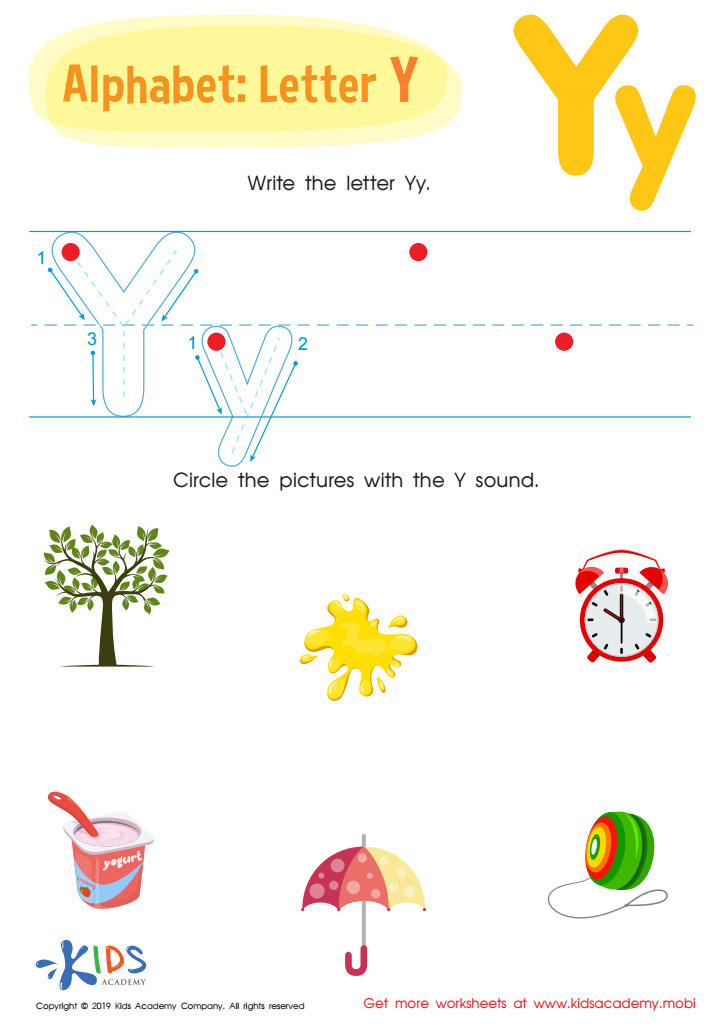

Letter Y Tracing Worksheet
Alphabet sequencing and letter recognition are fundamental building blocks in the education of young children, forming the basis of literacy. For ages 4-5, children are primed to acquire these skills swiftly due to their developmental stage. Parents and teachers should prioritize alphabet sequencing and letter recognition for several critical reasons.
Firstly, familiarity with the alphabet sequence helps children understand the order and organization of letters, which is essential when they begin to read and write. Knowing that 'a' comes before 'b', and so on, contributes to their cognitive ability to categorize and systematize information. This kind of structured thinking is foundational for future academic success in all subjects.
Secondly, letter recognition is the first step toward word formation. When children can easily identify letters, they can gradually start forming sounds and eventually words. This phonemic awareness is vital for developing reading skills. Children who master letter recognition typically advance faster in reading, gain confidence, and show greater interest in books and learning.
Lastly, being able to recognize and sequence letters enhances fine motor skills. Activities like tracing, writing, and even clay-modeling letters improve coordination and dexterity.
Therefore, investing time in alphabet sequencing and letter recognition equips children with essential tools for academic achievement and cognitive development, promoting a lifelong love of learning.
 Assign to My Students
Assign to My Students



